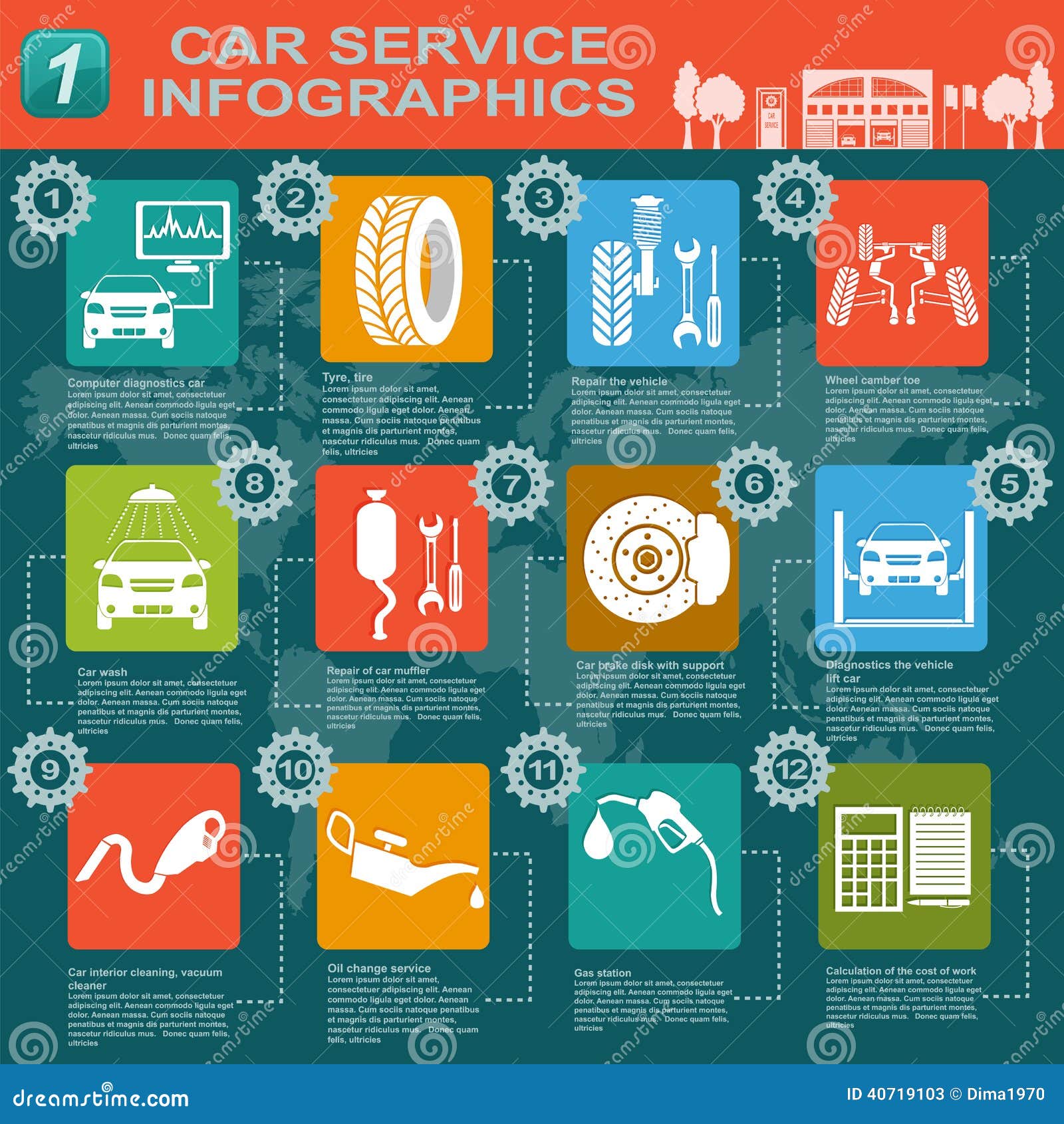Eager To Understand What The Dashboard Warning Lights In Your Auto Symbolize? Discover Their Definitions For The Well-Being And Security Of Your Vehicle
Eager To Understand What The Dashboard Warning Lights In Your Auto Symbolize? Discover Their Definitions For The Well-Being And Security Of Your Vehicle
Blog Article
Personnel Writer-Boye Forbes
When you lag the wheel, those beautiful warning lights on your control panel can be a little bit perplexing. Do you know what they're trying to tell you regarding your automobile's wellness? Recognizing the significance of these lights is important for your safety and security and the longevity of your automobile. So, the following time among those lights pops up, wouldn't you want to decipher its message accurately and take the essential actions to resolve it?
Common Warning Lights and Interpretations
Identify typical warning lights in your vehicle and understand their significances to guarantee risk-free driving.
The most common caution lights consist of the check engine light, which signifies concerns with the engine or emissions system. If commercial car cleaning begins, it's vital to have your car examined immediately.
The oil pressure advising light shows low oil pressure, requiring prompt focus to avoid engine damage.
A blinking battery light might recommend a defective billing system, potentially leaving you stranded otherwise dealt with.
The tire pressure tracking system (TPMS) light informs you to reduced tire pressure, affecting automobile security and gas performance. Disregarding this could cause hazardous driving conditions.
The abdominal muscle light indicates an issue with the anti-lock braking system, endangering your capacity to quit quickly in emergencies.
Lastly, the coolant temperature level warning light warns of engine overheating, which can cause serious damage otherwise resolved promptly.
Recognizing these usual caution lights will help you resolve concerns without delay and maintain risk-free driving problems.
Importance of Prompt Attention
Understanding the usual caution lights in your automobile is only the initial step; the significance of immediately attending to these warnings can't be stressed sufficient to ensure your safety when traveling.
When a caution light illuminates on your control panel, it's your automobile's means of communicating a prospective issue that needs focus. Ignoring these cautions can result in more extreme troubles later on, compromising your safety and security and potentially costing you a lot more out of commission.
Trigger interest to alerting lights can prevent failures and accidents. For instance, a flashing check engine light could show a misfire that, if left ignored, can create damages to the catalytic converter. Resolving this without delay can conserve you from an expensive fixing.
Likewise, just click the following website warning light may indicate reduced brake fluid or used brake pads, essential parts for your safety and security when driving.
DIY Troubleshooting Tips
If you observe a warning light on your control panel, there are a couple of DIY troubleshooting suggestions you can try before seeking specialist aid.
The very first step is to consult your cars and truck's manual to recognize what the details warning light shows. In some cases the concern can be as simple as a loose gas cap activating the check engine light. Tightening the gas cap might resolve the issue.
One more common concern is a reduced battery, which can set off numerous alerting lights. Checking the battery connections for rust and guaranteeing they're secure may deal with the issue.
If a caution light continues, you can attempt resetting it by separating the cars and truck's battery for a couple of mins and then reconnecting it. Additionally, examining your automobile's fluid levels, such as oil, coolant, and brake liquid, can help troubleshoot alerting lights associated with these systems.
Conclusion
To conclude, recognizing your vehicle's warning lights is vital for keeping your car running smoothly and securely. By immediately attending to these signals and understanding what they imply, you can prevent pricey repair work and prospective break downs.
Bear in mind to consult your car's handbook for particular details on each advising light and act accordingly to ensure a hassle-free driving experience.
Keep informed, remain secure on the road!
